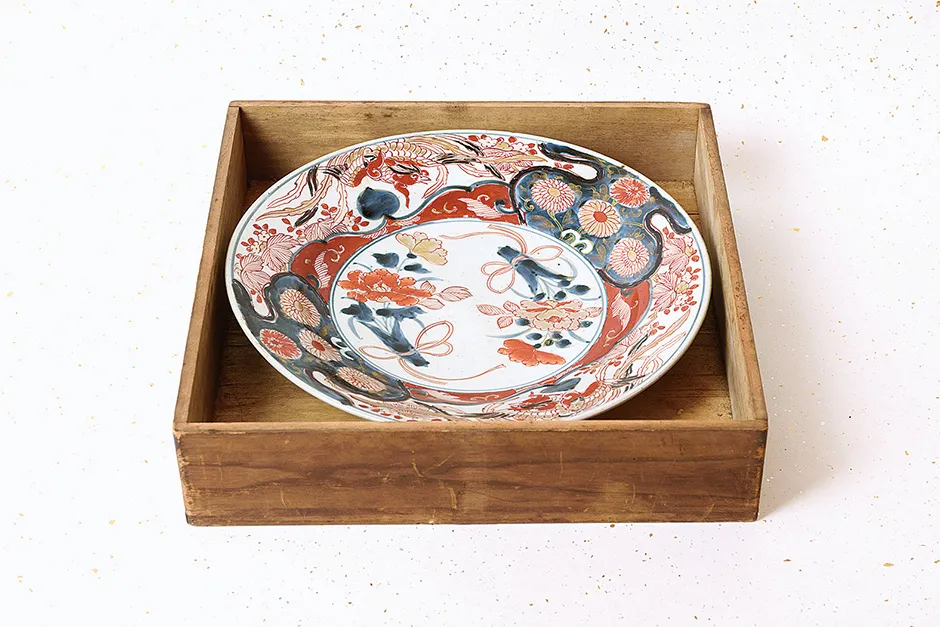Special Feature
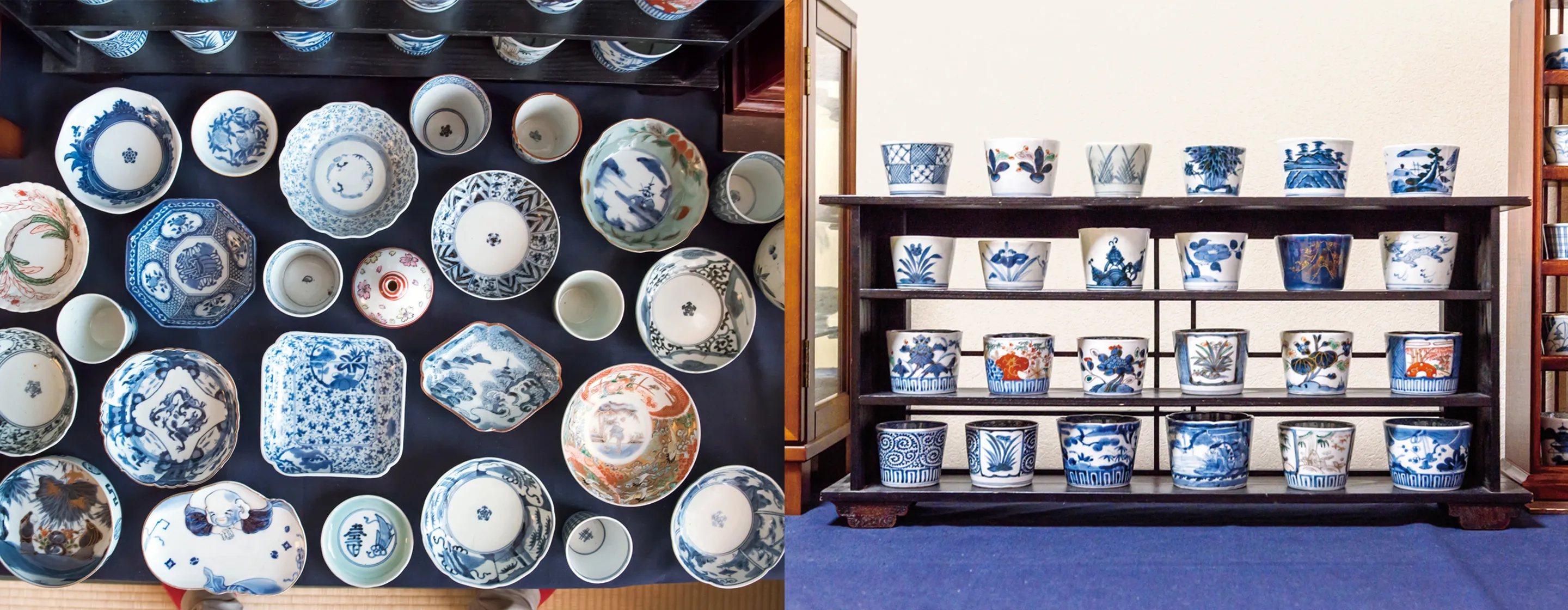
Visiting Shonai’s Ko-Imari
Imari ware were transported from the port of Imari, located in northwestern Kyushu (the third largest island of Japan located southwest of the main island Honshu) to every corner of Japan. Pieces made during the Edo Period (1603–1868) were called Ko-Imari (antique-style Imari ware) and are considered historically valuable antiques.
Ko-Imari was carried to the Shonai region, of Yamagata Prefecture, by Kitamae-bune merchant ships where many pieces have remained even to this day, giving rise to the saying, “If you’re looking for Ko-Imari, come to Tsuruoka.” If tableware represents the tastes of a region, then the Ko-Imari of the Shonai region must reflect the aesthetic sense and sensibility of “Shonai tastes.”
Ceramics of a New Era Carried by Kitamae-bune Merchant Ships
The Homma Museum of Art has many items donated by the Homma family, including paintings and antique art, as well as gifts from daimyo feudal lord families. The museum also has a large collection of old ceramics from all over Japan including Ko-Imari. We asked museum director Akio Tanaka why Ko-Imari, which originated in the southern province of Japan known as Hizen (present-day Saga Prefecture), has been passed down in the Shonai region.
“Around 1672, when the Westward Sea Route that passes through the Sea of Japan from Sakata was established, was the time when Ko-Imari was flourishing. Sakata prospered as a port town thanks to trade by Kitamae-bune merchant ships making use of this sea route. It was probably during this period that wealthy merchants and samurai families acquired Ko-Imari.”
Known as “domono” in Japanese, the use of clay to produce earthenware, unglazed pottery, and stoneware marked the beginning of Japanese ceramics. In the 1610s, ceramics were created using the techniques of Korean ceramists, using pottery stone discovered in Arita, Hizen. This first porcelain in Japan was Imari ware, which is now known as Arita ware. “Although it was fired in Arita, it was loaded onto ships at the port of Imari, and so it was called Imari ware at the time,” Tanaka explained. Among these, Imari ware that was made during the Edo Period is known as Ko-Imari.
Ko-Imari began as Shoki Imari (early Imari), and was indigo blue. It is characterized by blue and white drawings of flowers and birds and over time the techniques of coloring were developed. This resulted in the creation of a wide variety of styles, including Ko-Kutani, Kakiemon, and Kinrande.
“A style similar to that of Kakiemon and Kinrande, which were produced for export, can be found in the Homma family’s Ko-Imari collection. The family’s residence most likely played host to many visitors, and as such, the Homma family’s Ko-Imari reflects what was favored by the guests and trendy at that time, rather than their own personal taste,” explains Tanaka. During the late Edo Period, when literature, art, and cuisine were all advancing, Sakata’s restaurant culture was also flourishing, so it’s not difficult to picture how Ko-Imari would have been used to embellish the banquets.
Later, following China’s resumption of its international trade of ceramics, exports of Ko-Imari began to decline. Then, from the middle of the 18th century, blue and white ceramics including bowls, plates, and soba choko cups, intended for the masses of Japan, were mass-produced and began to circulate throughout Japan.
Even after the passage of time, many people remain fascinated by Ko-Imari ware. “The beauty of its diverse styles is the appeal of Ko-Imari. By enjoying it as tableware, such as choosing a large plate to pair with a certain meal, perhaps we can acquire a more profound appreciation for the richness of the thoughts and ideas of the ceramists,” Tanaka adds.
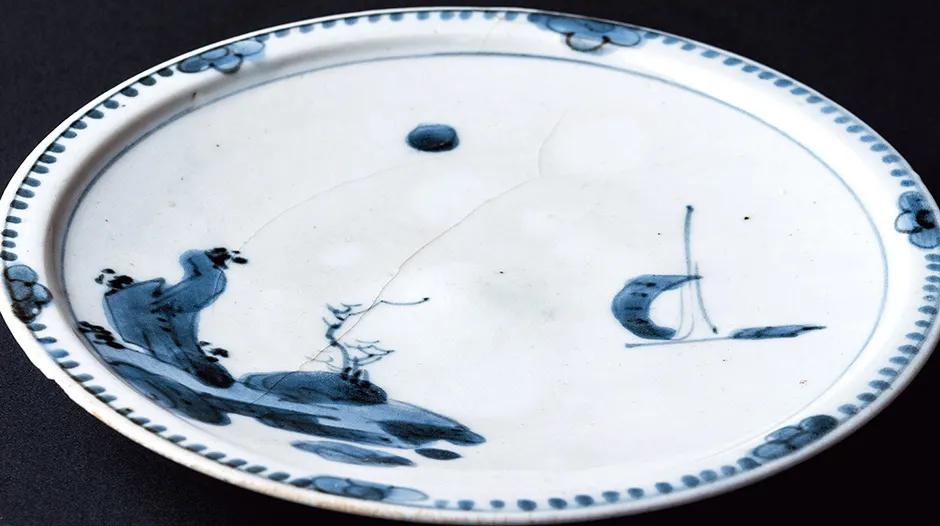
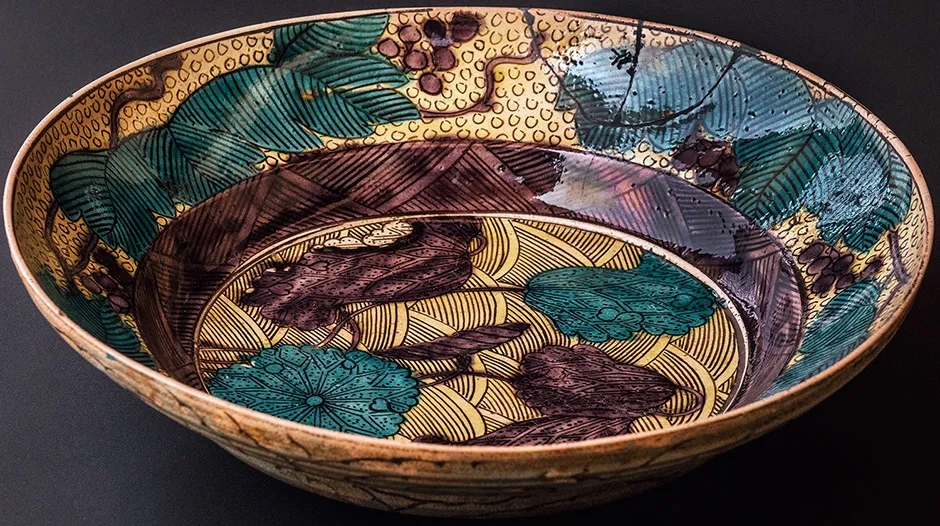
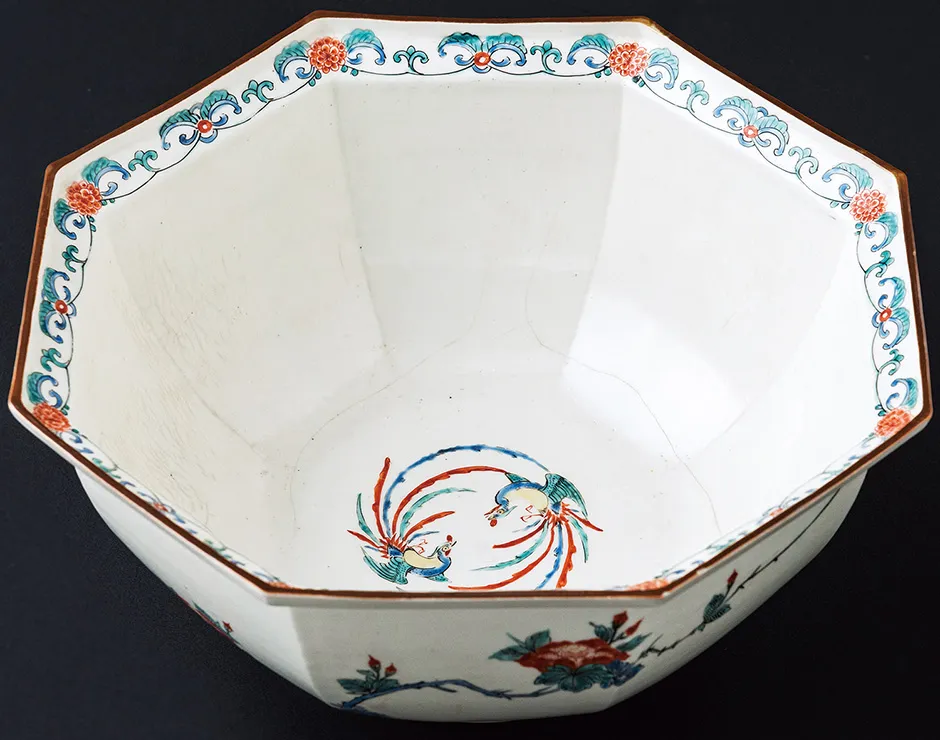
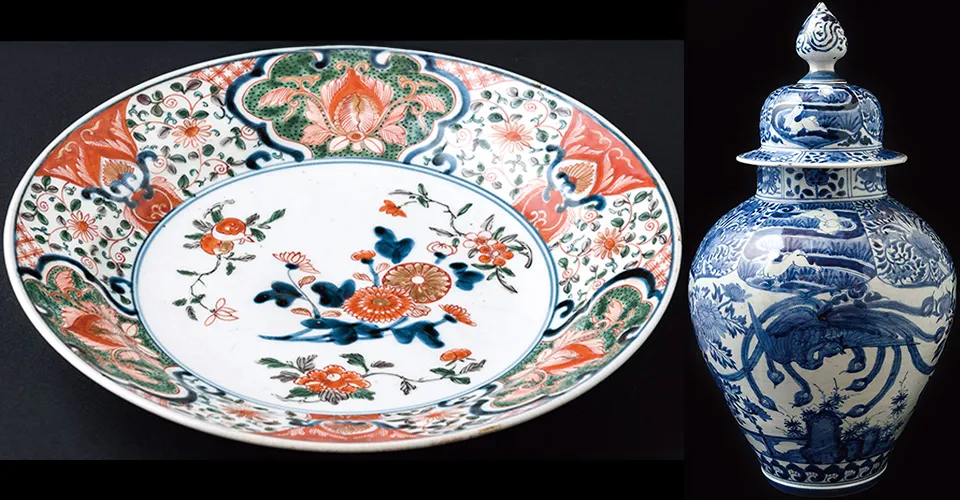
Make Everyday Tableware Your Own
To this day, the vestiges of Tsuruoka’s traditional restaurant culture continue to find life in the town of Nanoka-machi. Here, Iketoku Antiques, an antique shop that has been in business since the early 1950s, can be found. The interior of the store, which still retains its traditional atmosphere, is lined with a wide variety of tableware, from Edo Period Ko-Imari to small plates from the Meiji (1868–1912), Taisho (1912–1926), and Showa (1926–1989) periods. We spoke with the store owner, Wakako Ikeda.
“Even among Ko-Imari, we have a lot of tableware for everyday use, so many people buy it for that purpose. Ko-Imari was introduced through ports located along the coastline of the Sea of Japan and then spread east across the mainland of Japan. Therefore, even now, there is most likely more stores on the Sea of Japan side trading in this ware.”
Ceramics that once arrived at Sakata Port or Kamo Ports in Yamagata Prefecture on the Kitamae-bune merchant ships were transported by boat on the Mogami River as well as by land routes, and were used by people in their daily lives. “In the old days, all the plates used to serve food to guests were Ko-Imari. Even the large plates displayed in the tokonoma alcove were Ko-Imari plates,” says Ikeda.
As the country entered a period of rapid economic growth (around 1955–1973) and lifestyles changed, Ko-Imari that had been sitting dormant in homes were sent to secondhand shops around the city. Tsuruoka gained a reputation for its abundance and high quality, and at one point, the saying “If you’re looking for Ko-Imari, come to Tsuruoka.” enticed dealers from all over the country to visit the city.
Full of items that were painstakingly made, put to rest, and then handed over to people who would cherish them, Iketoku Antiques provides encounters that evoke feelings of fondness and nostalgia.
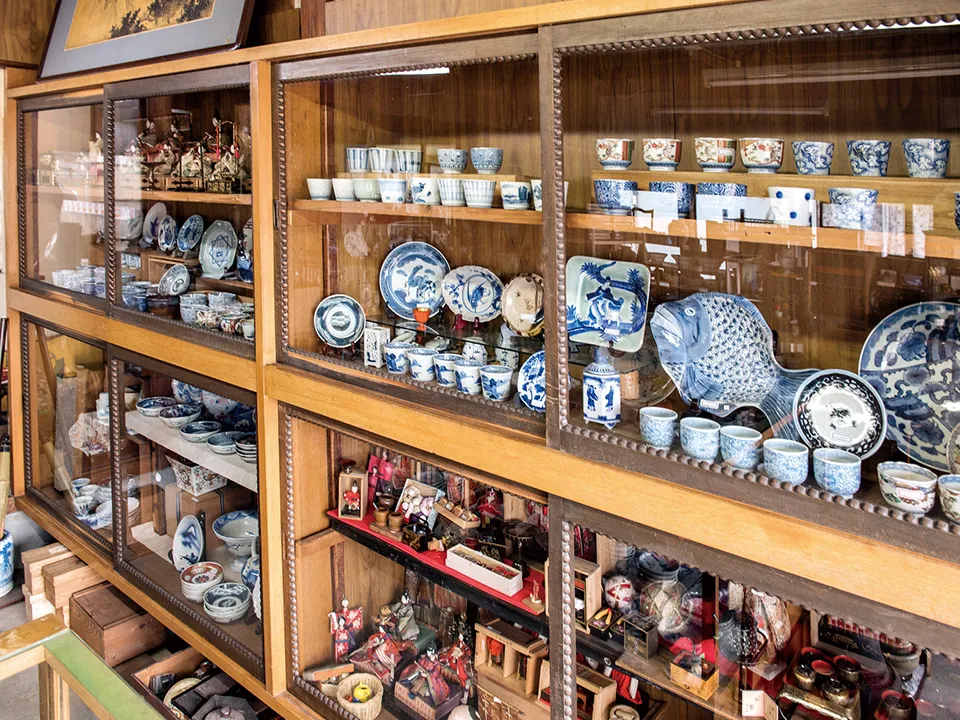
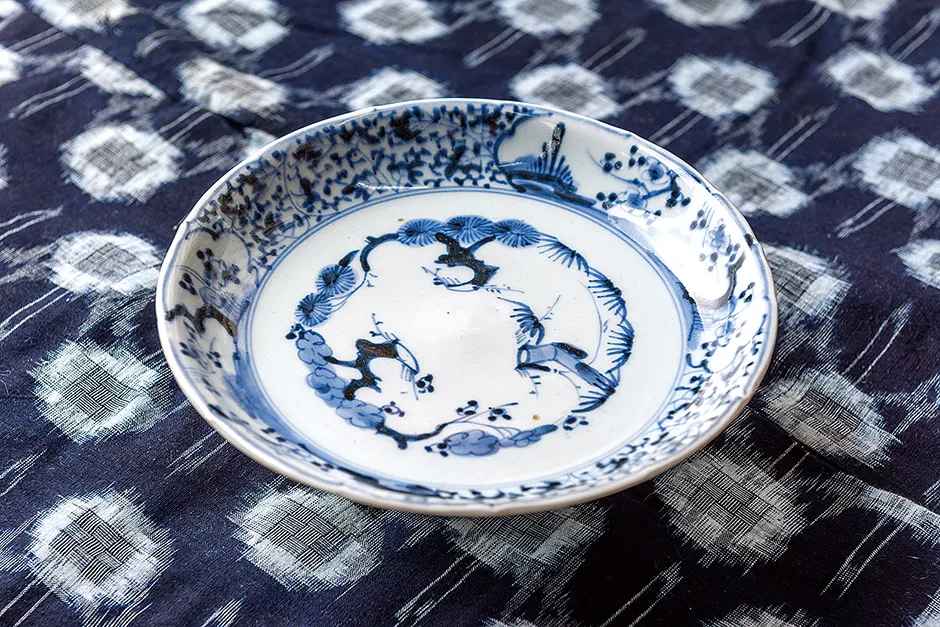
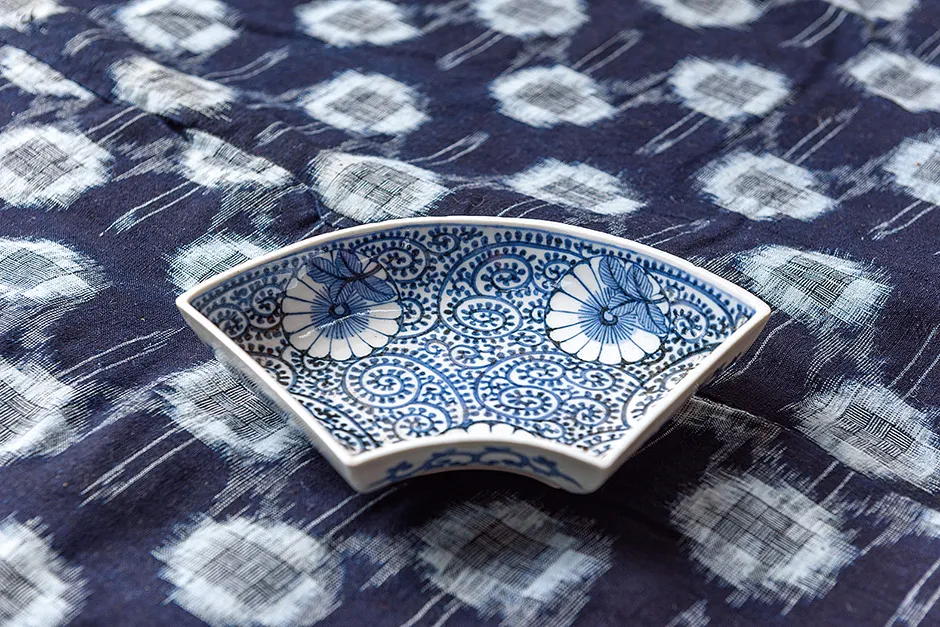
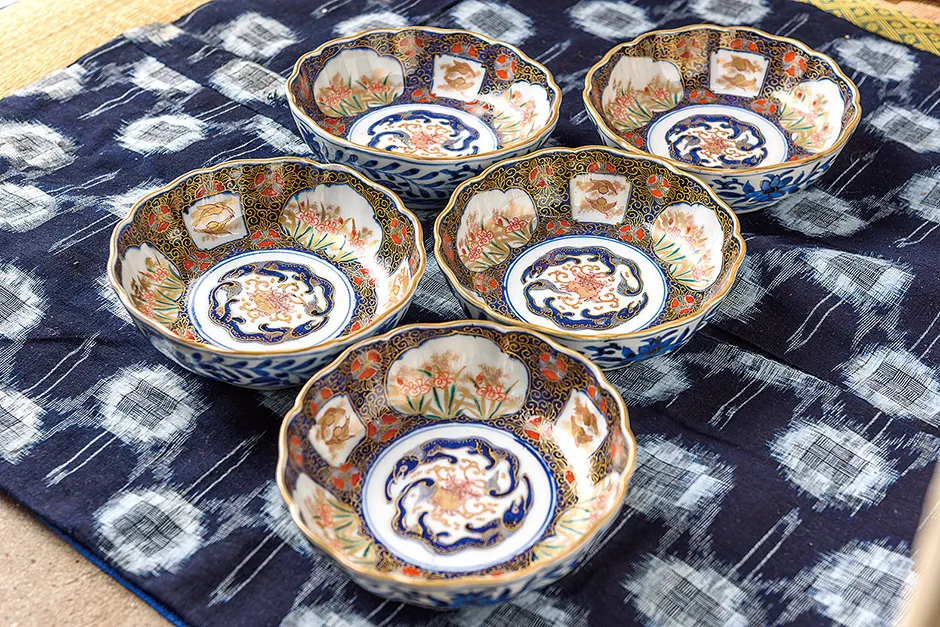
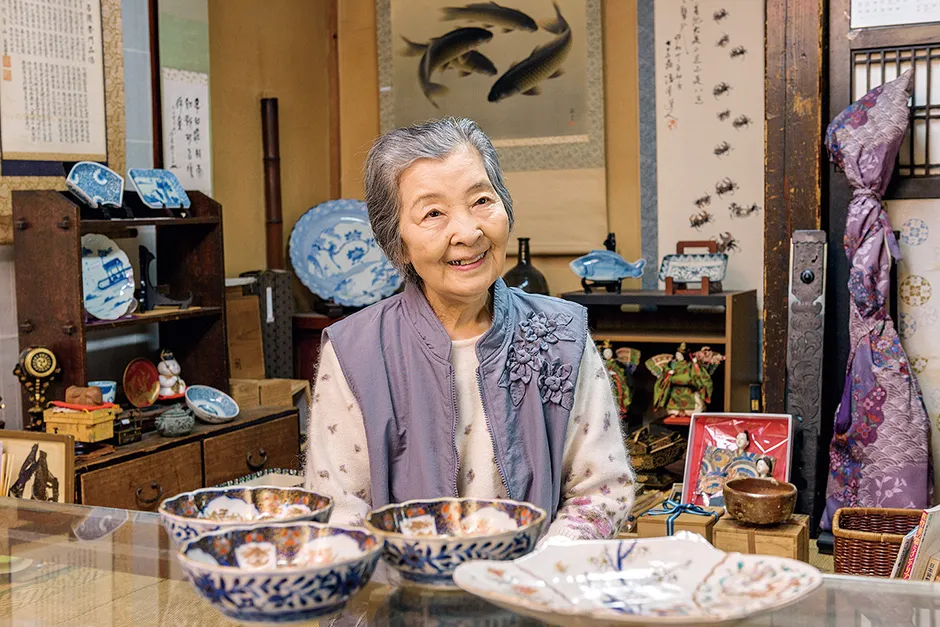
A Place to Encounter Tableware That Has Traveled through Time
Shop owner, Shigeaki Sato, has put together an impressive collection of Ko-Imari that amazes visitors.
Sato’s main area of interest lies in ceramics and he started collecting Ko-Imari as it was one of his favorites. “I discovered 26 years ago, after returning to my hometown from working in Osaka, that there was a lot of Ko-Imari available at antique shops and markets in the Shonai region.”
Sato gradually became immersed in Ko-Imari, and opened Kikyo-ya, an antique shop with a focus on this type of ceramic, in 2011. Inside the shop, which also serves as his home, Ko-Imari of various designs, from blue and white to underglaze ware, line the shop. Each piece is carefully painted; it is difficult to tire from looking at them.
“There is a romance to Ko-Imari that is reminiscent of its era. It reflects its historical background, and you can get a sense of the Edo Period’s sensibility. You can open yourself up to a whole new world through this ware,” says Sato.
Sato values dialogue with his customers, selling his products in-store exclusively and not trading online. “We have customers from all over the country. Our store may be seen as a hidden gem where you can see a wide variety of Ko-Imari.” Old ceramics speak of the times and convey the breath of their maker. Sato talks about their appeal: “I never get tired of looking at them, even after 30 years. I think I’m attracted to their style which, while is evocative of its time, still fits in with any era.”
Ceramics are among the many types of antiques that continue to be passed down through the generations. It is clear from looking at the Ko-Imari of the Shonai region that there is much to learn about the profound world of antiques and how they speak to the richness of the lifestyles and culture of our ancestors.
-
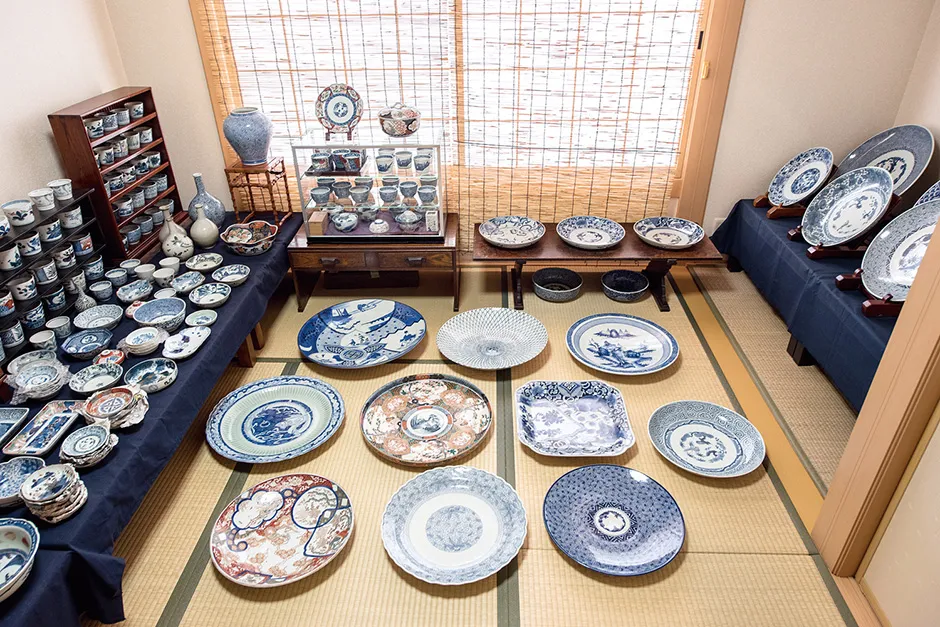
-
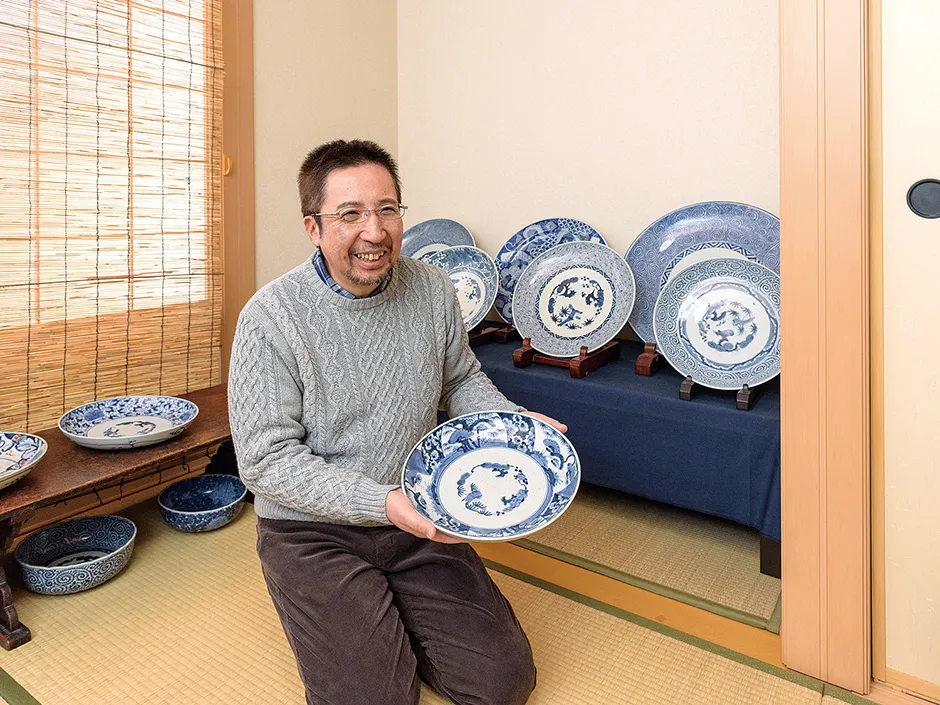
Shigeaki Sato -
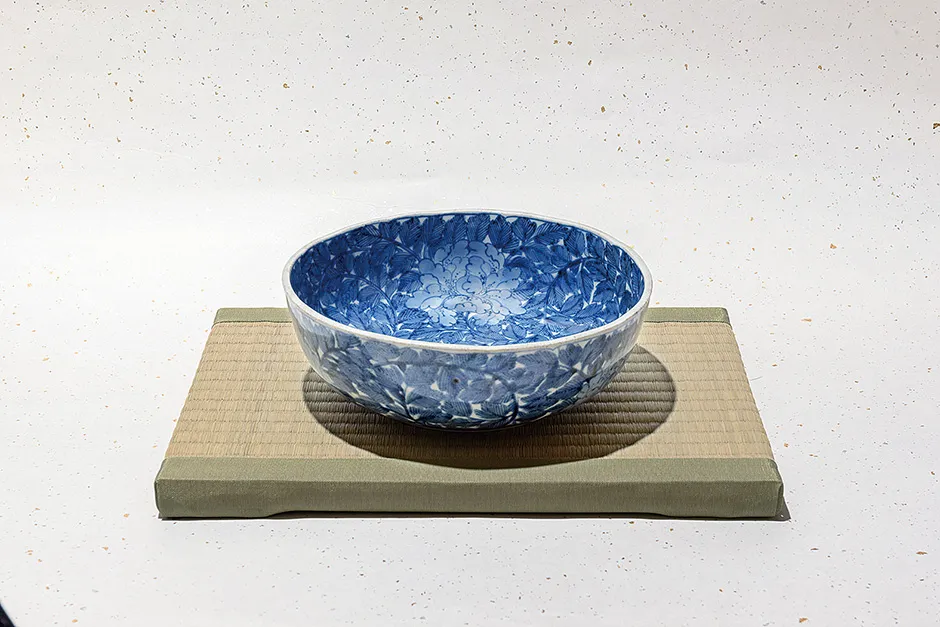
-
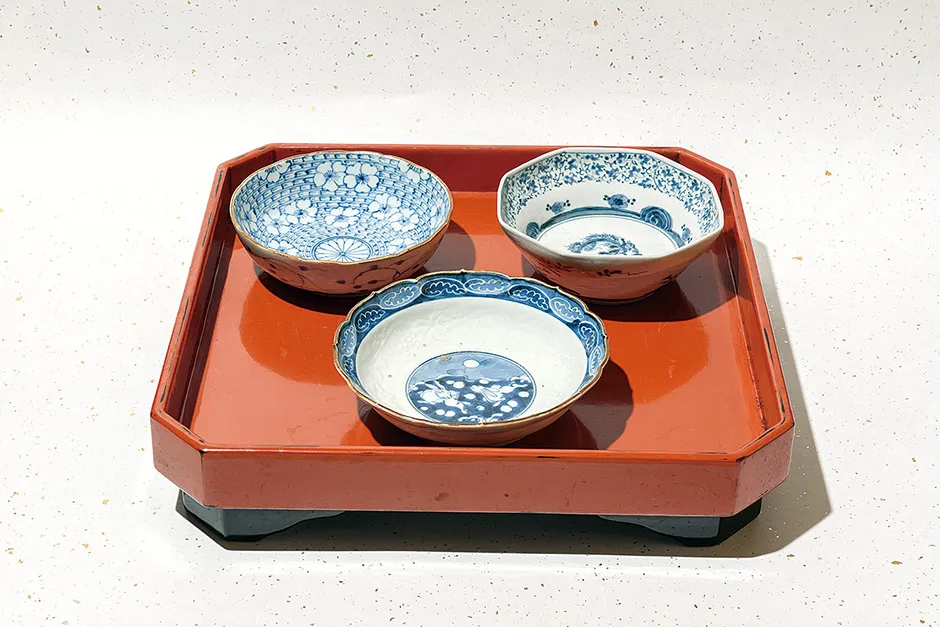
-
